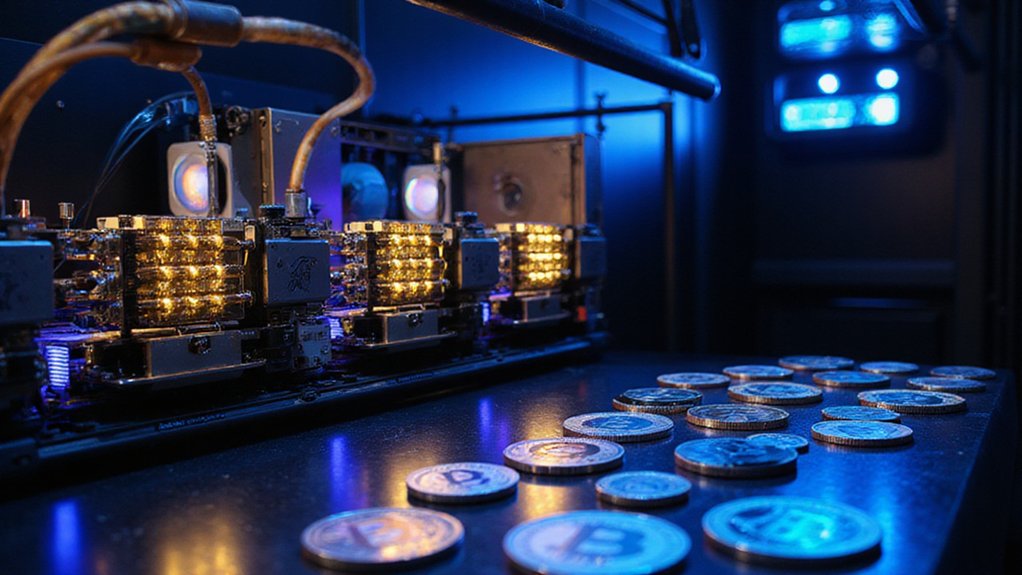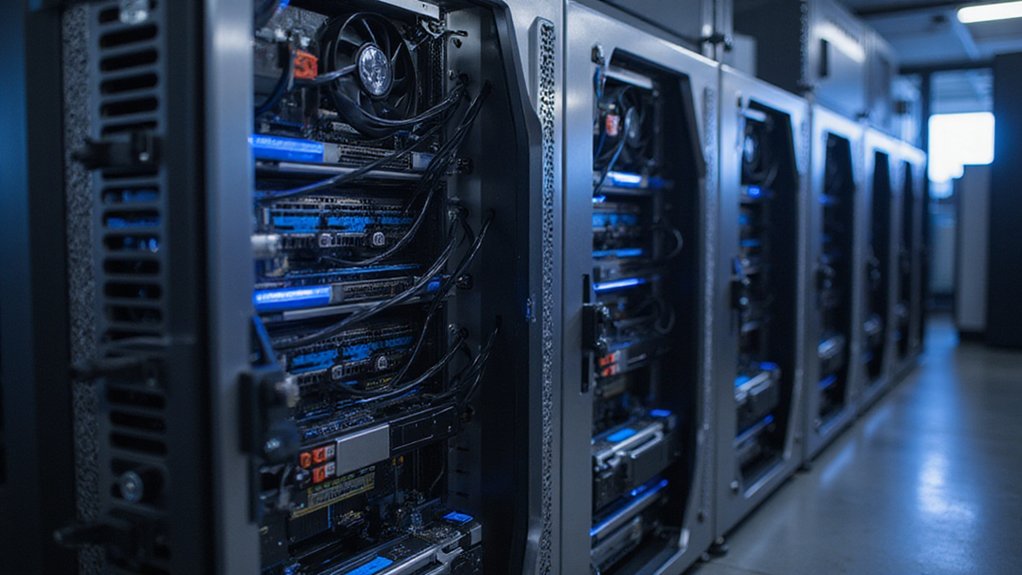Against astronomical odds that would make lottery officials blush, a solo Bitcoin miner struck digital gold on July 3, 2025, successfully mining block 903,883 and claiming a reward of 3.173 BTC—worth approximately $349,028 at current prices.
The victory becomes even more remarkable when considering the miner’s computational firepower: a mere 2.3 petahashes per second (PH/s) against Bitcoin’s total network hash rate of approximately 881 exahashes per second (EH/s). This translates to controlling roughly 0.00026% of the network’s total mining power—a fraction so small it makes David versus Goliath look like a fair fight.
To put this disparity in perspective, the winning miner’s hash power represented just 0.000847% of what Foundry USA alone commands with their 271.7 EH/s operation. The odds of success were calculated at approximately 0.004%, or roughly 1 in 2,800 chances daily—statistical probabilities that would typically suggest finding a block every eight years under normal circumstances.
The solo miner’s minuscule hash power faced eight-year odds against industrial titans—yet somehow struck digital gold in a single day.
The mining landscape has evolved into a computational arms race where industrial-scale operations dominate through economies of scale, specialized ASIC hardware, and strategic access to cheap energy sources. Current difficulty adjustments require miners to search among more than 126 trillion hash possibilities to find valid solutions, a process that heavily favors those with substantial computational resources.
Interestingly, some solo miners have adopted rental strategies, temporarily securing massive hash power bursts (such as 259 PH/s spikes) to improve their odds—a high-stakes gamble that occasionally pays off spectacularly. This approach transforms solo mining from pure endurance play into calculated risk-taking.
The successful miner likely utilized platforms like Solo CK Pool, which has recorded fewer than 100 solo block wins historically, underscoring the rarity of such achievements. These decentralized platforms preserve mining independence for those unwilling or unable to join industrial pools, though success remains a statistical anomaly.
Economic viability for solo miners depends heavily on balancing costly ASIC hardware, substantial electricity consumption, and maintenance expenses against the remote possibility of block rewards. Geographic location matters greatly, with access to hydroelectric or other cheap energy sources improving the risk-reward calculus for individual miners brave enough to compete against industrial giants.
This win required finding the correct nonce value that produced the necessary hash output with the required number of leading zeros to validate the block and claim the reward.





